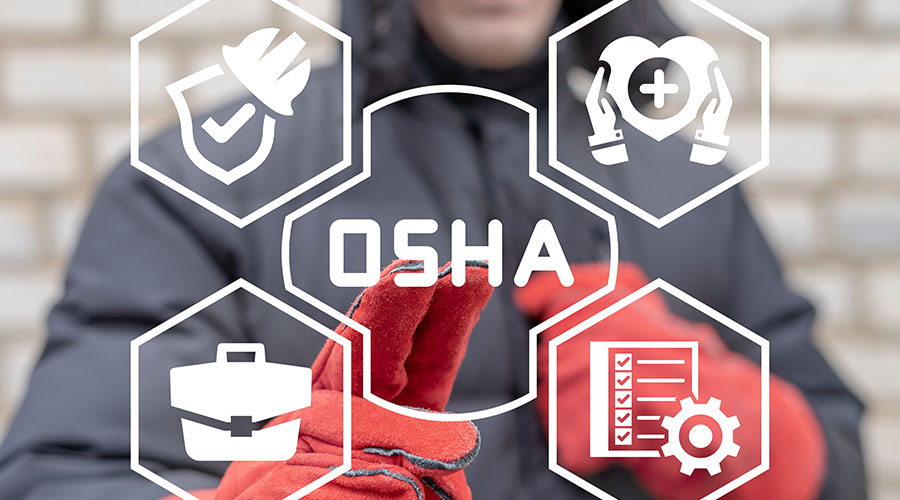Facility Managers With Disaster Experience Say Careful Planning, Realistic Training Are Crucial
A tornado touches down on the grounds, tearing off part of the east wing of your building. A gas main blows up on the street outside the front door. A disgruntled ex-employee walks in with a duffel bag full of firearms and a score to settle. A hurricane doubles in strength overnight and slams directly into downtown after veering from its original course.
Facility managers need to be ready and willing to consider even the most horrific scenarios and face some potentially worrying truths when preparing for an emergency. And whether the disaster is natural or man-made, unexpected or anticipated for days, being able to protect the building and its occupants requires facility staff to have a plan and be able to execute it.
Each plan will be different, of course, based on the type of building, the location, the type of disaster and even the time of day. But facility managers who have been through disasters say that the keys to a good plan are paying attention to details, taking advantage of advance notice if you have it and not being afraid to assume the worst in training scenarios.
Details Demand Close Attention
The first step to figuring out a response plan is to think through the myriad details of the impact of the disaster. That could include everything from fine details such as moving the elevator cabs off the first floor in case of flooding to more broad strategies, such as determining where building occupants will evacuate to if necessary. Once those details are determined, they can be tweaked as necessary to account for differences in disasters. For example, an elementary school in Hawaii could have completely different evacuation areas for a fire as opposed to a tsunami.
To try to identify every imaginable way a disaster might play out, David Bryant, a property manager for Transwestern who oversees a downtown Dallas high-rise, has regular "tabletops," or small group meetings to walk through emergency scenarios, with his staff and the business continuity team. Someone will throw out a scenario — with no restraints on severity — and the participants will walk through possible responses while looking for holes in the plan.
"It usually involves most of the building staff being killed and there's only one person standing," Bryant says. While that may seem morbid, it's meant to be a learning process for staff to learn what to do and how when the worst happens.
Bryant will involve tenants in tabletops as well, and give them scenarios in which something happens that isn't anticipated in the plan. For example, suppose the muster point for an evacuation is the parking garage two blocks away. "A tornado comes and destroys the garage," Bryant says. "What do we do?"
Duane Lamb, assistant vice president, facilities and grounds operations, University of Alabama, says realistic training was the key to his department's response to the tornado that ripped through Tuscaloosa, Ala. in April 2011.
"You have to train and be prepared ahead of time for an event like this, or you're not going to be able to respond very well, and that's exactly what we do," Lamb says. "We train, and then we train, and then we train some more."
Related Topics:
















